Welcome back to Air Fryer Bro, we are lining all our ducks up to bring you another informative article on air frying! Today, we look at the subject of air fryers and diabetes! Do they go well together? It’s a commonly asked question, so let’s find out!
Will an air fryer help a diabetic? In short, an air fryer is not a miracle cure for diabetes. However, it can help you improve your diet as a diabetic. For example, it can cut the fat content you are consuming and enable you to eat a healthier version of deep fried foods you may enjoy.
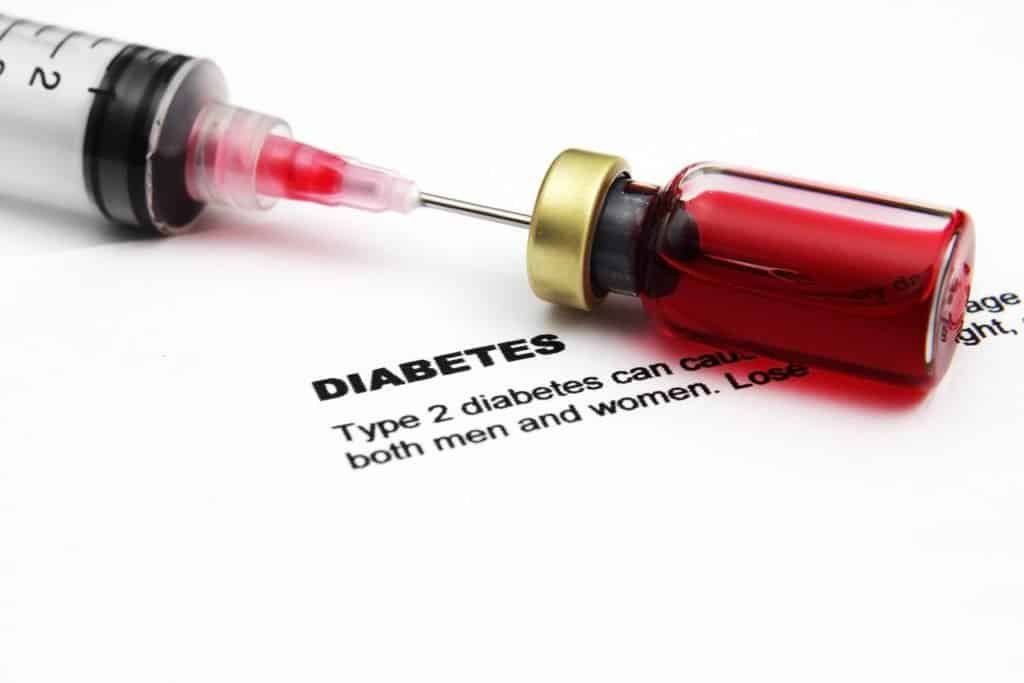
This article aims to be a complete resource, so before diving into the detailed answer we will go into some background around air fryers and diabetes. If you want to jump straight to the action, feel free to skip the informational part at the start!
Finally. before we really crack on! Air Fryer Bro is not a dietitian or medical professional. We simply want to provide a good starting point for anyone wondering about whether they can eat air fried food as a diabetic. Diabetes is a serious and potentially fatal issue, please contact a professional to make sure you are getting the best treatment possible.
You have probably seen the enticing air fryer ads on TV, or maybe a colleague has one and she doesn’t seem to shut up about how much she loves her air fryer. If you’ve been living under a rock, air frying is a modern technique to cook food. This relatively new kitchen appliance is used to cook wide-ranging dishes in a literal typhoon of hot air! If there is one more appliance to make space for in your kitchen cabinet, yeah you guessed it right, it’s the magical air fryer (well, maybe not actually magical!!).
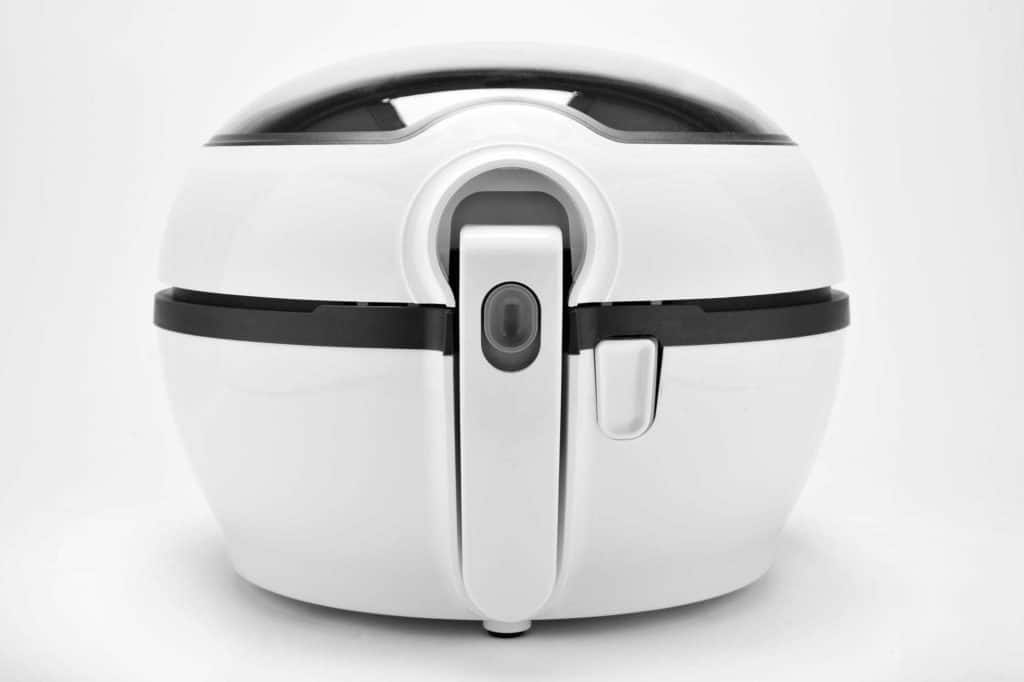
The problem with fried foods is that there are many studies pinpointing just how bad they can be for your health and wellbeing. A lot of people grow up thinking of fried foods as comfort foods. Why are unhealthy foods always comfort foods?? Anyway. the main selling point of air fryers is that they offer a healthier way to fry food. Imagine a world where your favorite fried foods are healthier without sacrificing the crunchiness and taste. Yeah, it’s possible all thanks to the air fryer!
Many folks still remain curious about how an air fryer works. Don’t worry, this article will explain everything you need to know. An air fryer allows you to enjoy your favorite foods without the risk of taking too many calories. This has led to a surge in the sales of air fryers in the past few years. Cooking in an air fryer helps to cut down the fat content of popular foods such as fried chicken, fish, French fries or even dough nuts! In a world obsessed with step counting and calorie consumption, this is music to many people’s ears.
So how does it work? An air fryer works by circulating super-hot air around the food item you’re cooking. When we add a fine spray of oil to the surface of our food. the air fryer will make the outer coating crunchy, and the inside moist and well-cooked. This reaction between a reduction of sugar inside the food and an amino acid in the presence of heat is known as the Maillard Effect. Due to this reaction, the flavor and color of the food are changed.
Is An Air Fryer Good For Diabetics?
Before you can even think of handing over your hard-earned cash to purchase an air fryer, it is vital to answer this question. YES, an air fryer is good for diabetics. This is good news for the modern, health-conscious consumer. Health is a top priority for many people these days. Cooking foods with an air fryer lets you use less oil and still get the same texture and taste of fried foods. There are countless user experiences to proof this. According to Phillips, the biggest proponent of the air fryer, you can cut up to 80 percent fat using an air fryer compared to a conventional deep fat fryer. That’s a huge amount, don’t you agree?
You can cook almost any dish with your air fryer and preserve all the ingredients and nutritional properties. The fewer fats, calories and potentially harmful compounds in air fried food items are good for weight watchers and health freaks. French fries are the main culprit when it comes to fried food fantasies.

Potatoes account for a shocking 30 percent of the annual vegetable consumption of an average American. How much of this intake is french fries or similar deep fried treats? Think about it, per 100 grams of French fries, you’ll get at least 8 grams of fat when you deep fry, 3-4 grams of fat when you use the oven and only 1-2 grams of fat when you air fry. These numbers prove that air frying is the healthiest option.
Besides taking more time and effort, foods cooked in a deep fryer have more fat and calories content than any food item prepared in an air fryer. The fat and calories present in these dishes are way too high to be part of a healthy diet. Consuming low-calorie content dishes will impact your health positively. It will reduce conditions like obesity, blocked arteries, internal inflammation and heart attack according to the Academy of Nutrition and Dietetics.
Over consumption of fried foods has the highest risk of obesity in adults. According to a study by the Harvard School of Public Health, there is a strong correlation between the regularity of fried food consumption and the risk of diabetes. If you happen to consume fried foods often, it may risk your health for high blood pressure and type 2 diabetes. To lower your fat intake or lose weight without cutting down or modifying your fried food diet, switch to an air fryer.
Understanding Diabetes
Diabetes mellitus, popularly referred to as just Diabetes, is a chronic condition that causes a person’s blood glucose or blood sugar level to become too high. This metabolic disease can affect the entire body and if complications develop, diabetes can have adverse effects on the impact of life and can decrease life expectancy. There is no cure for diabetes, but by learning about the condition and managing it effectively, you can still live an enjoyable life.
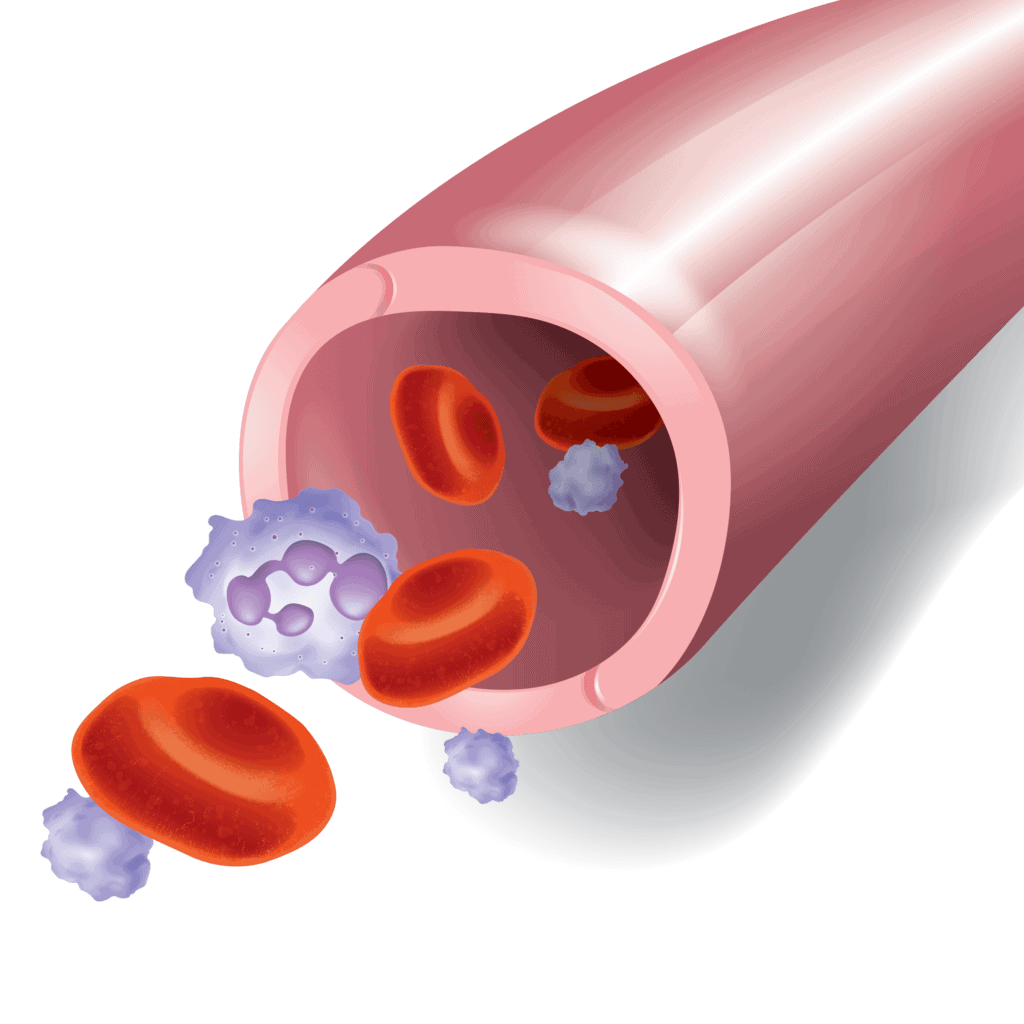
To understand diabetes better, it’s vital that you understand the role of insulin in the body. Insulin is a hormone that allows the food we eat to be transported from the bloodstream to body cells, to produce energy. When you eat food, your body turns the food into glucose. The pancreas (a gland behind the stomach) is triggered to release insulin that opens your cells to let the glucose enter. This is the same glucose that is used for energy. Glucose is also your brain’s primary source of fuel.
With diabetes, things are a little different. When you are diabetic, the pancreas is no longer able to make insulin, or your body can’t make good use of the insulin it produces. The inability to produce insulin or use it effectively results in raised glucose levels in the blood (hyperglycemia). With time, without ongoing management, diabetes can cause a buildup of glucose in the blood. High glucose levels lead to serious health problems. Diabetes requires daily self-care to keep blood glucose levels under control.
The Statistics
Diabetes can strike anyone, and it does. The number of people diagnosed with diabetes is increasing every day. In the last few years, the cases of people living with diabetes have doubled. Over 30 million Americans over 18 years of age and 425 million people worldwide are affected by diabetes. This figure is projected to reach 629 million by 2045. People between 40-59 years of age are the most affected.
Diabetes is the 7th leading cause of death in the United States according to the American Diabetes Association (ADA). Living with diabetes places an immense physical, emotional and financial burden to the entire family. Diabetes costs the American public over $237 billion annually.
Types of Diabetes
Different kinds of diabetes can occur, and managing diabetes is dependent on the type. Contrary to popular misconception, not all kinds of diabetes are a result of a person leading a sedentary lifestyle or being overweight. Pre-diabetes is a condition when your blood sugar levels are higher than normal, but not high enough to be diagnosed as having diabetes.
There are 3 main types of diabetes, all types are serious and complex.
Type 1 Diabetes– also known as juvenile or insulin-dependent diabetes, type 1 diabetes can occur at any age but is common in adolescents and children. Approximately 10 percent of people with diabetes have type 1 diabetes. It is caused by an autoimmune reaction where your body’s defense system attacks the cells responsible for producing insulin (beta cells). Doctors are not sure why.
As no insulin is produced, blood sugar levels surge, which can have an adverse effect on body organs. People with Type 1 Diabetes usually need daily insulin injections to keep blood glucose levels under control as their bodies produce very little to no insulin. If they don’t have access to insulin, they can die. At the time of writing, type 1 diabetes can’t be prevented. Risk factors for type 1 diabetes include family history, the presence of auto antibodies, environmental factors and geography.
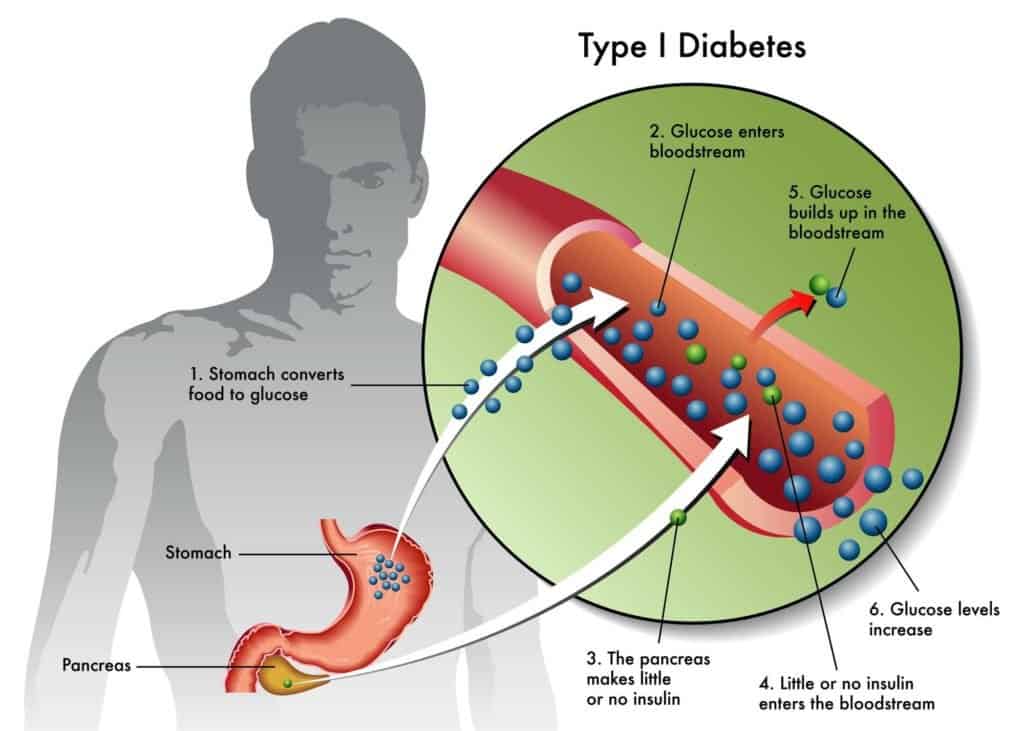
Type 2 Diabetes – type 2 diabetes is prevalent in adults over 40 years and accounts for the majority of diabetes cases (90 percent) according to the National Institute of Diabetes, Digestive and Kidney Diseases. When you have this type of diabetes, it means that your body can’t respond or make good use of the insulin it produces as it once did. Because insulin can’t work as it should, blood sugar levels keep rising, releasing more insulin.
Ensuring a healthy diet and increased physical activity are two lifestyle changes that can help you keep your blood glucose levels in check. You may also require insulin and/or oral drugs. Risk factors for type 2 diabetes include family history, race, weight, inactivity, age, high blood pressure, polycystic ovary syndrome, abnormal cholesterol levels and gestational diabetes.
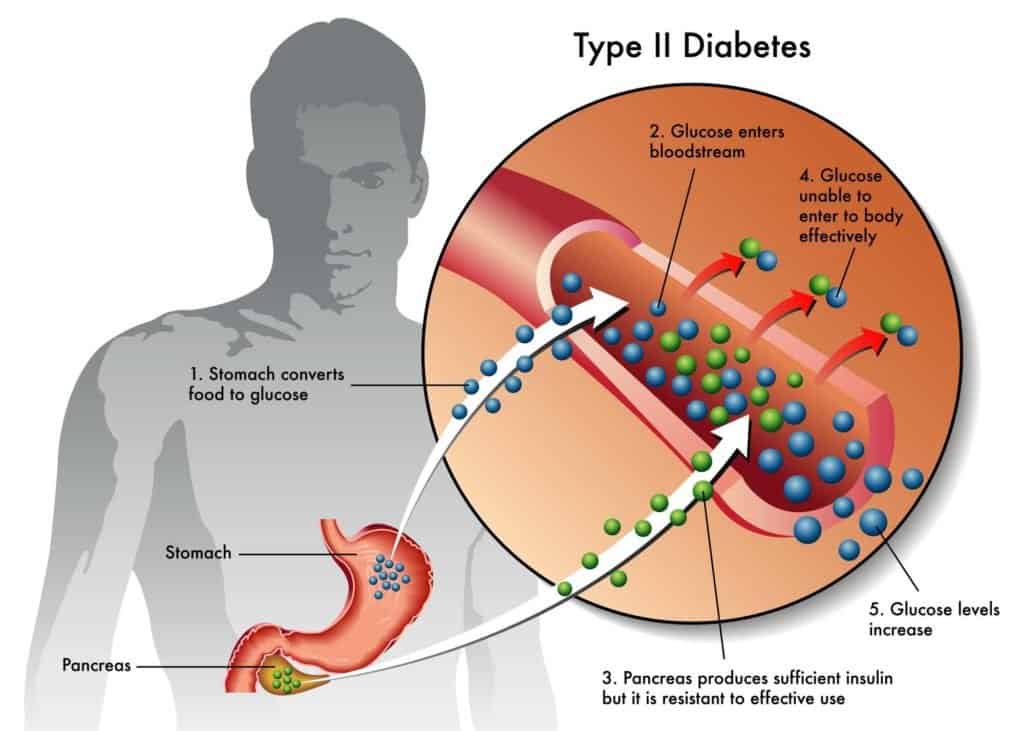
Gestational Diabetes (GDM) -this type of diabetes is characterized by high blood glucose during pregnancy. GDM occurs when the female body becomes less sensitive to insulin. The placenta secretes hormones to sustain a pregnancy, hormones that make body cells are more resistant to insulin. It is associated with complications that may affect both the mother and unborn child.
Gestational diabetes normally disappears after pregnancy, but the affected mothers and their little ones have more risk (30 percent) of developing type 2 diabetes in the future. It is worth mentioning that this type of diabetes does not occur in all women. It affects 18 in 100 women during pregnancy. Risk factors for gestational diabetes include family or personal history, age, weight, and race.
Complications
Diabetes can lead to serious diseases affecting the nerves, eyes, heart, blood vessels, teeth and nerves. Diabetics are also at increased risk of developing infections. The long-term complications develop gradually. The longer you have the condition, and the less you take control of your blood glucose level, the higher the risk of complications. Some of the complications may be disabling or fatal.
Excess sugar can injure the walls of your capillaries responsible for nourishing your nerves. This can cause tingling, burning, numbness or pain that normally starts at the tips of fingers and toes and spreads upwards gradually. If ignored or left untreated, this can lead to loss of sense of feeling in the affected limbs. Diabetes can also heighten the risk of different cardiovascular problems such as atherosclerosis, coronary artery disease, stroke and heart attack.
Diabetes can damage your kidney’s delicate filtering system leading to kidney failure. Kidney disease is more common in individuals with diabetes than those without diabetes. It is irreversible, meaning you may need to undertake dialysis or a kidney transplant. The condition can also damage the blood vessels of the retina (retinopathy), and possibly lead to reduced vision or blindness. When you have diabetes, you are also at serious risk of vision conditions such as glaucoma and cataracts.
If you are diabetic and don’t manage your blood sugar properly, you have a higher risk of periodontitis. This inflammation of the gums is a major cause of tooth loss. Periodontitis is also linked with increased risk of cardiovascular disease.
Uncontrolled gestational diabetes can lead to higher than normal weight at birth, premature births, and stillbirths.
An estimated 7 million people in the US have diabetes and don’t even know it. Early detection and treatment can lower the risk of developing complications of diabetes.
Symptoms of Diabetes
Symptoms vary depending on the amount the blood sugar is elevated. Some folks, particularly those with type 2 diabetes or pre-diabetes may not experience symptoms at early stages. Their symptoms are so mild that they may go unnoticed. The symptoms tend to appear quickly and be more severe in type 1 diabetes.
Some signs and symptoms include:
· Frequent urination, especially at night.
· Feeling very thirsty and dry mouth.
· Extreme hunger –even though you’re eating.
· Irritability.
· Unexplained fatigue.
· Blurred vision.
· Unexplained weight loss and loss of muscle bulk.
· Bruises/cuts that are slow to heal.
· Recurrent skin infections.
· Numbness, tingling or pain in the hands/feet.
Exercise And Diet Tips
If you are diagnosed with type 2 diabetes, the doctor will advise you to make lifestyle changes. You will need to eat healthily, engage in regular exercises and perform regular blood tests to keep your blood sugar in your target range. Over time, you may need more than a healthy lifestyle to keep your blood sugar levels under control. Combination therapy can be prescribed if treatment with a single medication doesn’t work.
You may be worrying that having diabetes means going without your favorite foods, wrong. Having diabetes shouldn’t prevent you from enjoying a wide variety of foods. Besides consuming wholesome meals, you can learn how to use an air fryer to include your favorite fried foods in your diet.
Eating well and exercising will help you maintain a healthy weight, delay or prevent diabetes problems, keep your blood glucose in your target ranges and feel good.
Here are a few things you can do to embrace a lifestyle with diabetes:
· Avoid high sugar foods that offer empty calories such as deep-fried foods, sweetened sodas and high-sugar desserts.
· Eat a balanced diet high in fresh and nutritious food types such as lean proteins, vegetables, fruits, whole grains and nuts.
· Avoiding excessive drinking of alcohol.
· Exercising for 30-45 minutes a day twice or thrice a week. You can engage in moderate-intensity exercises such as swimming, jogging, aerobics or bike riding.
· Recognizing the signs of low blood sugar when working out. They can include profuse sweating, dizziness and general body weakness.
· Eat your meals on a regular schedule each day, to help you manage when sugars are entering your bloodstream. This will help you keep this even, with less spikes.
Can Diabetics Eat Air Fried Food?
If you are constantly asking yourself this question, it’s time to stop worrying. You don’t have to feel deprived when it comes to food choices if you are living with diabetes.
Knowing what and when to eat is a vital part of diabetes management. This is because different foods affect your blood sugar levels differently. Don’t take any risk when it comes to your health. Limit the consumption of fried food in your daily routine. A diabetic friendly diet includes the healthiest foods in moderate amounts.
There are 3 ingredients that are irresistible to humans – fat, sugar and salt. It is the combinations and the ratios of these ingredients in food that makes them so irresistible. With time, people haven’t started realizing that even though this food tastes great, it is not healthy. Leading to an increased awareness of healthy eating habits.
While making smarter resolutions on food choices will positively impact your health, there would be times you can’t resist that fried crunch. Air fryers cook healthier foods whilst maintaining the great taste we have all come to love. Some people term the air fryer as the greatest invention of our generation. Air Fryer Bro tends to agree.
When looking simply at calories with air fried vs deep fried foods, the difference is amazing. Newair recently posted an excellent article on their blog talking about this very thing. They concluded that deep fried chicken would cost you 549 versus the 280 calories of an air fried version.
If you are diabetic, a healthy diet includes cutting down calories if you are overweight, and replacing saturated fats with unsaturated fats. Saturated fats include butter, cheese and cream while unsaturated fats include nuts, olive, avocado and vegetable oils. You also need to eat complex carbohydrates and dietary fiber (whole grains, fruits, vegetables), avoid added sugar, tobacco use and excessive consumption of alcohol. A dietitian can help you create a diet plan based on your lifestyle, tastes and health goals.
Diets to try out include the American Association of Diabetes diet, Mediterranean diet, the Paleo diet, and vegetarian or vegan diet. Super-foods to eat include lentils, cinnamon, wild salmon, balsamic vinegar and chia seeds. Avoid highly processed foods, artificial sweeteners, sodas, white bread, processed carbohydrates, high-fat dairy and animal products and trans-fats.
PRO TIP: keep a food diary to identify problem areas and to improve awareness of why, what and how much food you’re eating. This can help you cut back on unhealthy eating habits.
Conclusion
Diabetes is a life-changing condition that needs a healthy lifestyle and careful blood sugar management for the affected person to manage it correctly. Complications of this condition can be severe. Air frying is a healthy, easy and time-saving cooking option to avoid calories, fats and potential health damages caused by fried food. The best part is that you will still enjoy the crunchy and tasty food, just with less fat content.
Of course, on it’s own, air frying is not the answer to managing diabetes. However, as part of a well constructed diet, air frying can play a vital (and fun) part!
Happy air frying!
If you have any of your own opinions or experiences around diabetes and air frying, we would love to hear all about them in the comments section below.



![Should I Buy a Digital or Manual Air Fryer? [READ THIS]](https://airfryerbro.com/wp-content/uploads/2022/05/Depositphotos_378494372_L-211x150.jpg)